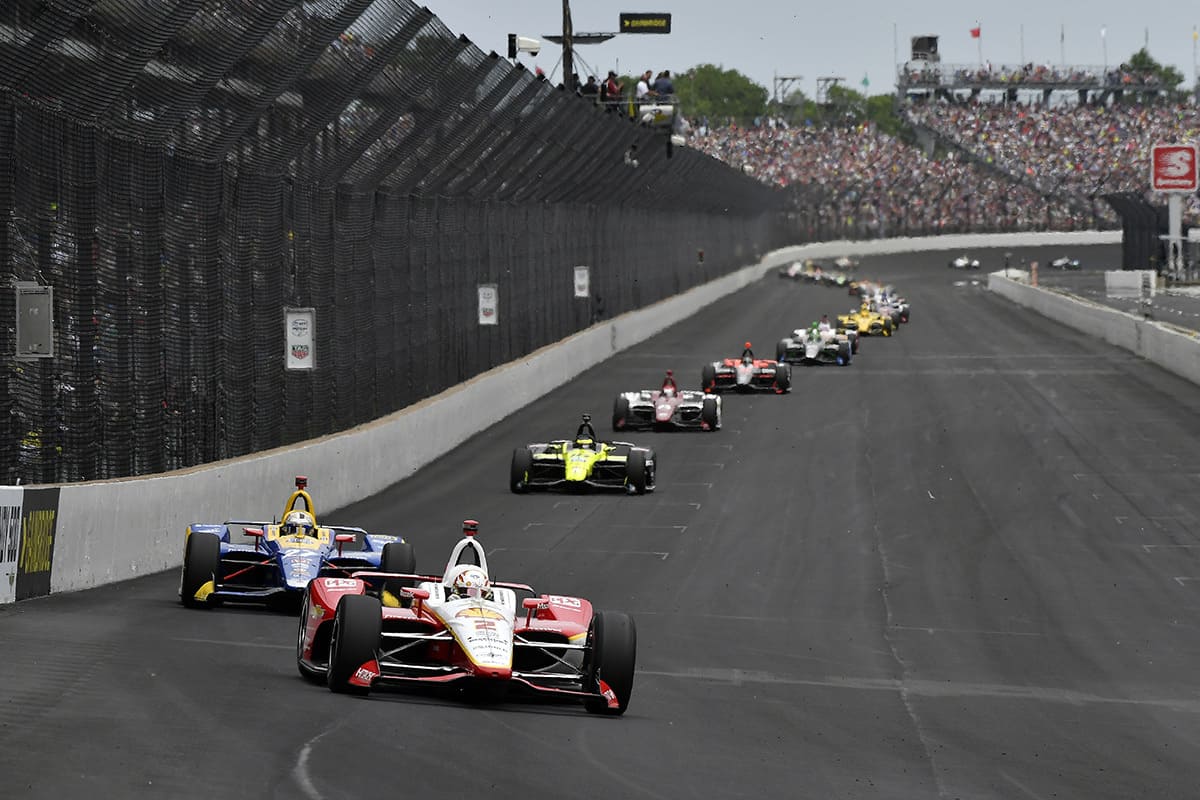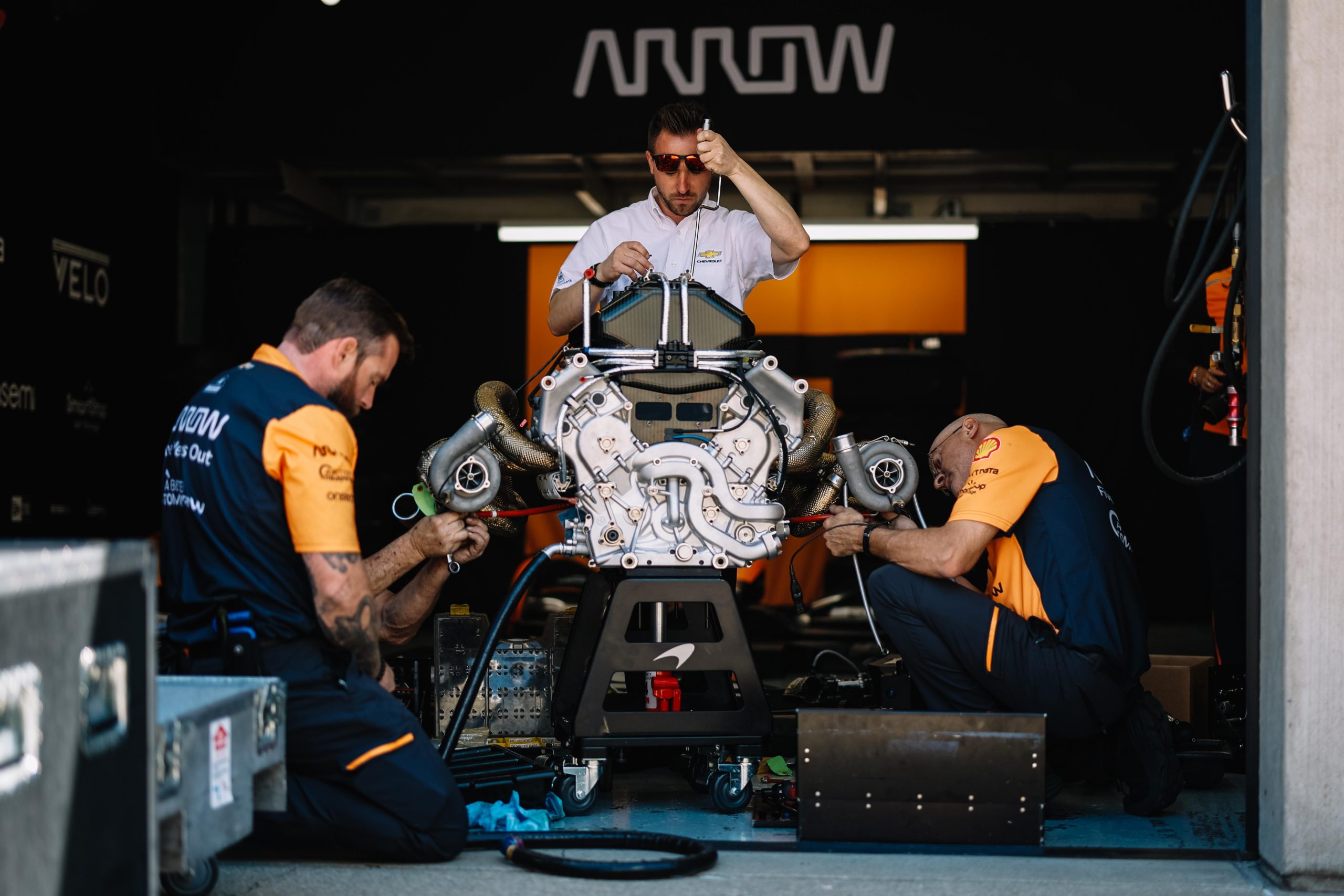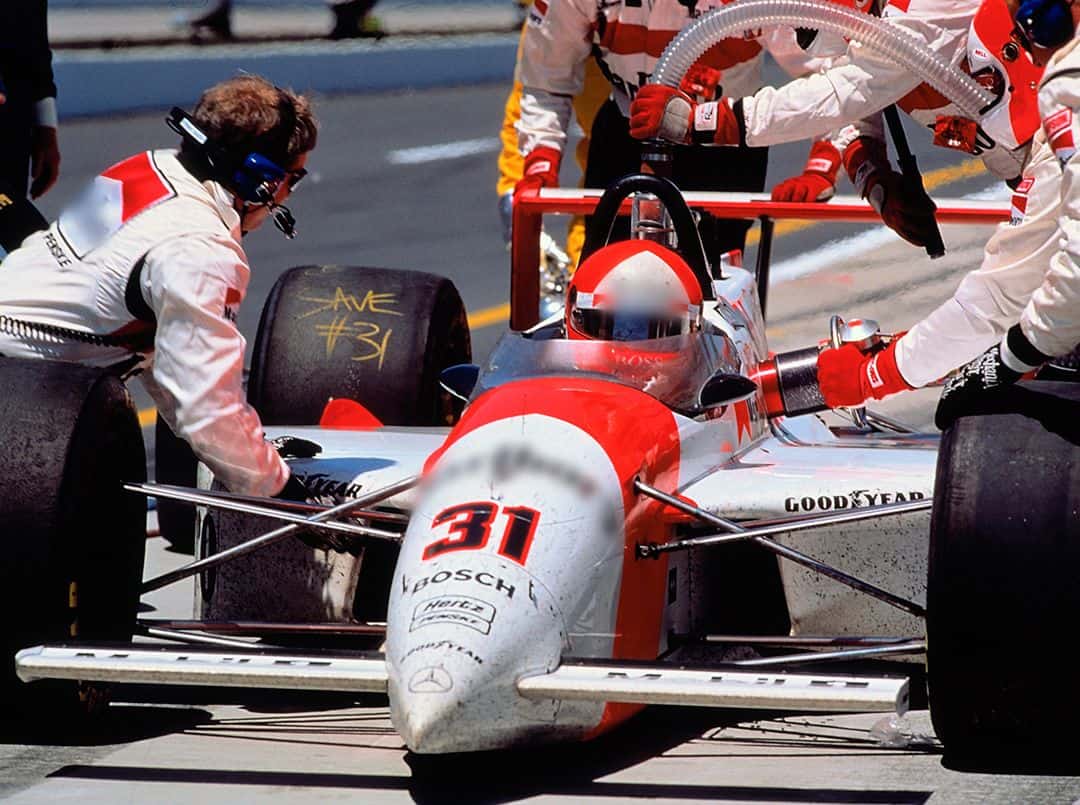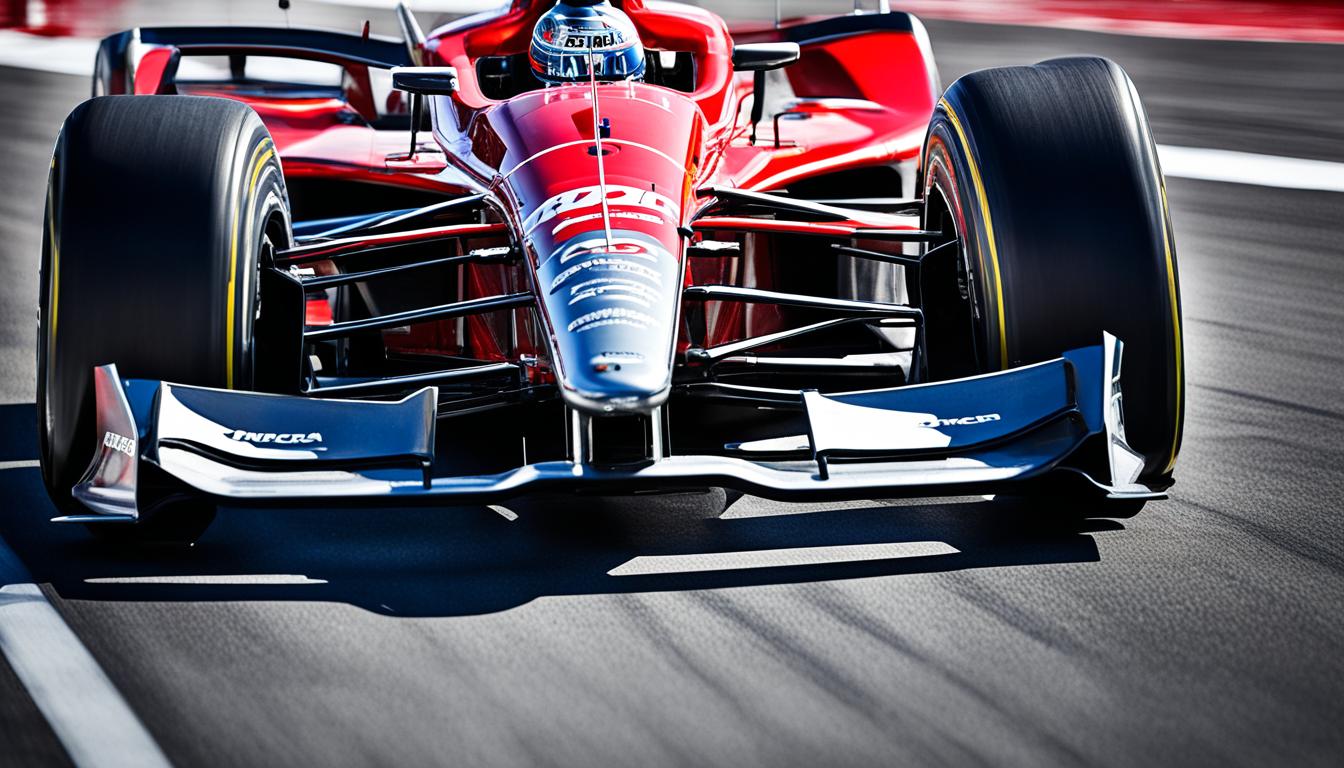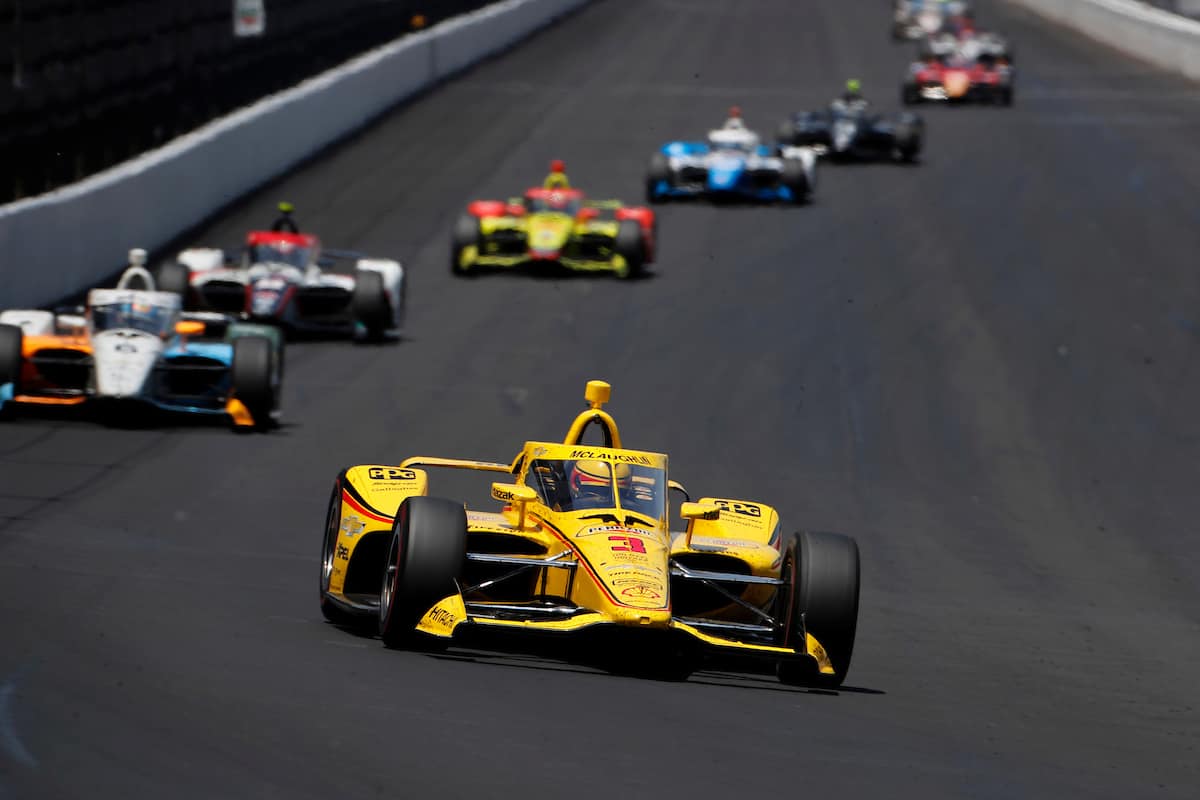Do IndyCars have ABS brakes?
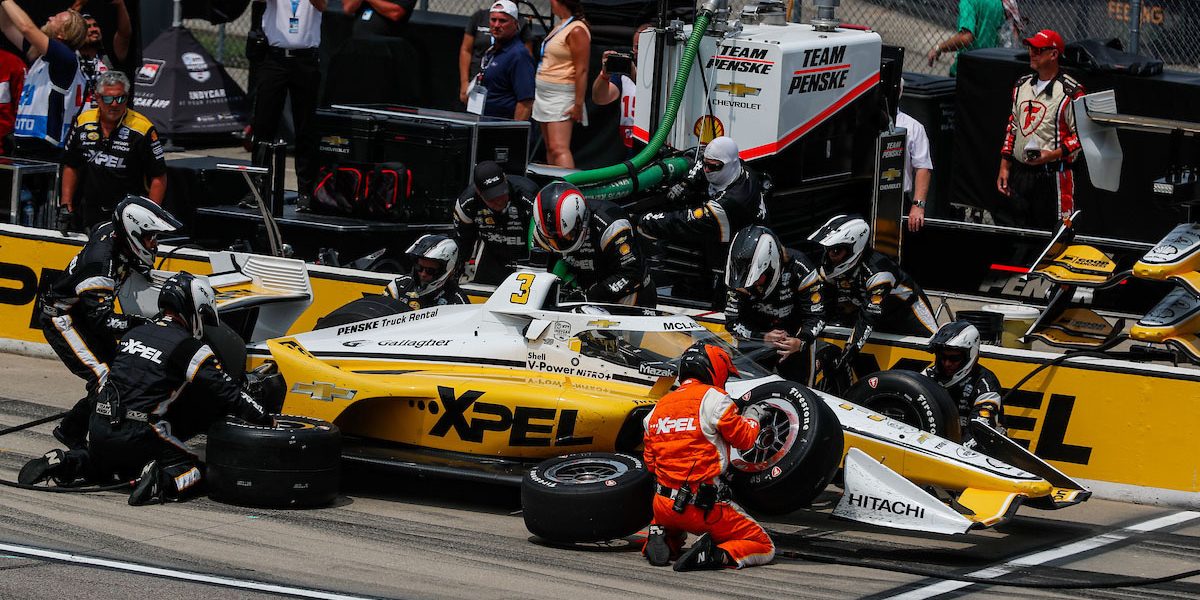
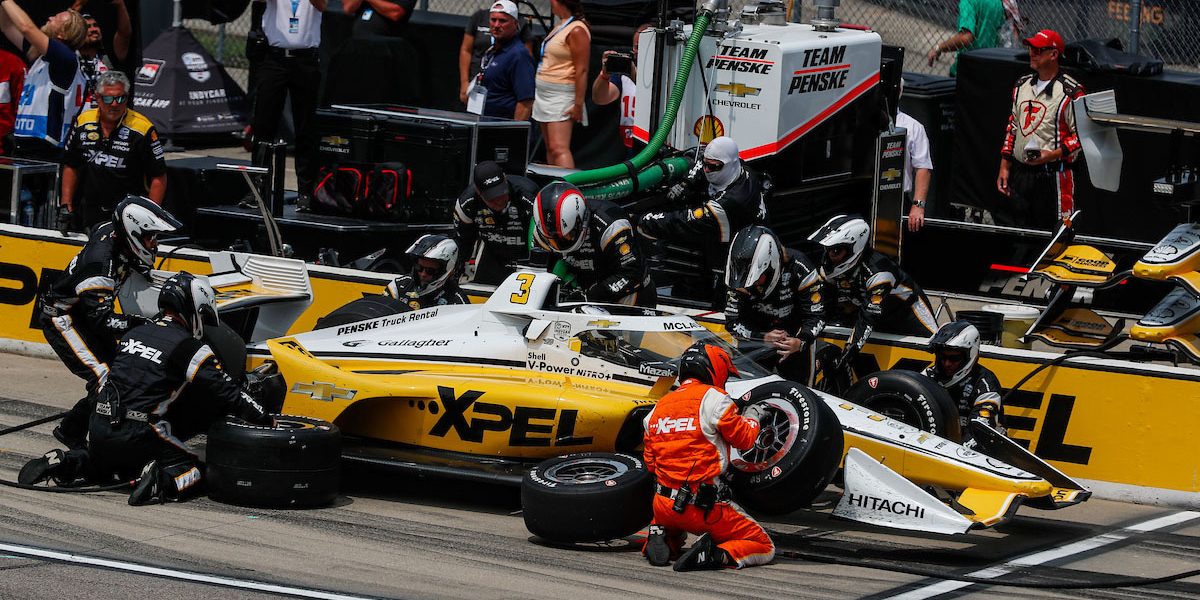
IndyCar racing is an exciting sport that combines speed, skill, and advanced technology. As you delve into this fascinating world, you may find yourself asking specific technical questions, like “Do IndyCars have ABS brakes?” As you sit on the edge of your seat watching the high-speed maneuvers and precision cornering, it’s reasonable to wonder how these vehicles maintain control at such extreme speeds.
The answer to your question is: No, IndyCars do not have ABS (Anti-lock Braking System) brakes. In IndyCar racing, the driver’s skill in controlling the brake is a crucial part of the sport, and ABS systems, which modulate the brake pressure to prevent wheel lock-up, are not employed.
In this article, we will explore why IndyCars do not use ABS brakes, how drivers compensate for the absence of this technology, and what other unique features make these machines masterpieces of racing engineering.
Table of Contents
A Detailed Explanation of ABS and Its Absence in IndyCars
The world of motor racing is filled with technicalities and terms that are often unfamiliar to the layman. ABS or Anti-lock Braking System is one such term. Most modern road vehicles are equipped with ABS as a standard safety feature. It prevents the wheels from locking up (stopping rotation) and skidding uncontrollably during braking, especially on slippery surfaces. The ABS allows the driver to maintain steering control while braking, providing a significant safety advantage.
However, in the world of IndyCar racing, the scenario is starkly different. These high-performance vehicles do not use ABS brakes. Now, this might seem counterintuitive given the high speeds and quick reactions required in racing. But, when it comes to racing, vehicle control and performance factors outweigh the safety advantage that ABS provides.
One of the key reasons why IndyCars don’t use ABS is the need for total driver control. In racing, drivers need to be in absolute control of their vehicles, and that includes braking. ABS, by preventing wheel lock-up, can actually hinder a driver’s ability to execute certain maneuvers on the racetrack. For example, during a race, a driver might need to induce a slight skid in order to navigate a sharp turn – something that ABS would prevent.
Moreover, the absence of ABS in IndyCars is also a testament to the skill and training of the drivers. IndyCar drivers are some of the best in the world, trained to handle high-speed situations without relying on computer-assisted controls. They know exactly when to brake and how hard to brake to make the most of each turn, even without the assistance of ABS.
Here’s everything else you need to know about the world of IndyCar racing and its relationship with ABS brakes.
Understanding the Braking System in IndyCars
IndyCars use a braking system vastly different from conventional road vehicles. They are equipped with specialized high-performance brakes designed to withstand extreme temperatures and friction caused by high-speed racing. These brake systems include components like carbon brake discs and pads, which are lighter and can tolerate higher temperatures than their road car counterparts.
The brake system in an IndyCar is meticulously calibrated to offer the best possible performance. The driver has to manage brake bias, which is the balance of braking power between the front and rear wheels. This is done using a control in the cockpit which adjusts the brake balance during the race, depending on various factors like fuel load, tire wear, and track conditions. This element of control over the brake system is essential in IndyCar racing and is one reason why ABS is not preferred.
The Skill of Threshold Braking
One key skill that IndyCar drivers master is threshold braking or brake modulation. This is the practice of applying the brakes just enough to slow the vehicle optimally without locking the wheels. Essentially, it’s the manual version of what ABS does automatically. This technique is paramount in racing as it reduces stopping distances and allows better control over the vehicle during braking.
Threshold braking is a highly refined skill that requires a lot of practice and precision. It involves sensing the braking force, knowing the grip level of the tires, and understanding the car’s balance. It is a testament to the high level of driving skill that is present in IndyCar racing.
How Racing Circuits Influence Braking
The design of the racing circuit also plays a vital role in the decision to exclude ABS from IndyCars. Racing circuits have consistent surfaces, unlike public roads which can be unpredictable with dirt, water, and other elements. The consistent surface allows drivers to predict braking points and deceleration rates more accurately.
Furthermore, the corners in a racing circuit are designed with racing in mind, which means they can often be navigated at higher speeds without the need for severe braking. The straight sections allow drivers to fully apply the brakes without the risk of skidding or losing control, unlike in road situations where sudden braking might be required.
Next, we will explore more nuanced aspects of IndyCar racing and how they correlate with the absence of ABS.
The Role of Tires in IndyCar Braking
IndyCar racing tires are another crucial factor influencing the absence of ABS. Racing tires are designed for maximum grip and performance. They are made from soft compounds and have a wider contact patch, allowing for maximum friction during braking and enabling the driver to brake harder without skidding. The drivers can precisely control these tires’ performance, further reducing the need for ABS.
These racing tires, however, behave differently based on their temperature. The heat generated during a race can change their characteristics. Drivers must manage their tire temperatures, and this influences their braking strategy during the race.
The Weight Factor
The weight of an IndyCar also plays a role in the absence of ABS. IndyCars are designed to be as lightweight as possible to increase their speed and performance. The addition of ABS would add unnecessary weight to the car.
Moreover, the lightweight nature of these vehicles reduces their momentum, making it easier to stop them. Even at high speeds, the braking distance for these vehicles is much shorter than a typical road car, reducing the necessity for ABS.
How the Racing Culture Influences Braking
The culture and ethos of racing also contribute to the absence of ABS in IndyCars. Racing is about skill, control, and pushing both the vehicle and the driver to their limits. The lack of ABS means the driver has more control over the vehicle, especially during braking.
In the end, the use of ABS in racing would remove a significant aspect of driver skill and make the sport less challenging. It’s all part of the thrill and challenge of racing, and these factors contribute to the decision to forgo ABS in IndyCars.
IndyCar Brake Manufacturers
No ABS brakes for IndyCars! Instead, they rely on superior control of the driver’s reflexes to handle sudden changes in traction. This is achieved by the use of components such as Brembo Carbon Brakes (Rotors), PFC Brake Pads (Friction Material), Tilton Master Cylinder (Hydraulics Distribution) and specific brake system interfaces that employ technologically advanced ECU controlled programming.
Each driver can adjust their braking behaviour to suit their individual style on the track. ABS may provide some stability when slowing down, but it could compromise optimal stopping distance. The technique of ‘trail braking’ can be used to help with corner entry. This involves steering wheel inputs, weight transfer, trailing throttle and feeder brakes, then adding roll back into the gas for quicker lap times.
Race engineers test the brake package during pre-season testing, alongside tyre wear levels and fuel levels over race distance. Data from telemetry reveals multiple layers of different braking demands, from heavy long courses to street courses and short ovals.
Braking has become a highly scientific engineering process. Each driver has unique preferences on how they want their brakes tuned; these can be modified through software contracts and pre-set adjustments.
IndyCars offer enough horsepower to excite the most daring of hearts. With braking playing a significant role in performance, teams are constantly looking for ways to improve their brake package and gain a competitive edge.
Background on IndyCars
IndyCars are the ultimate in open-wheel racing. Acceleration is lightning-fast, the grip amazing, and the tech features advanced. Bodywork comprises side pods, wings, and nosecones to generate downforce. Underneath lies a powerful engine capable of up to 700hp at 12,000 RPM.
Competition among manufacturers is fair due to FIA regulations. Anti-lock brakes are present, but traction control and stability management systems are not. This is to ensure an element of driver skill on the circuit.
IndyCars’ speed and technology have made it a popular motor racing category worldwide. Teams continually innovate to keep racing exciting and unpredictable. IndyCars may not have ABS, but they can still stop on a dime…or a dollar if they’re feeling fancy!
IndyCar Braking Systems
To understand IndyCar braking systems and the differences from standard cars, we’ll cover two related sub-sections. Firstly, we will learn about the types of braking systems integrated into IndyCars, and secondly, we will review the differences these systems have when compared with standard cars.
Types of Braking Systems Used in IndyCars
Braking is critical for IndyCar racing. This speed sport needs robust and reliable braking systems to secure driver safety and track performance. IndyCars use different types of braking systems, such as carbon brakes, steel brakes and ceramic matrix composites (CMC).
| Type | Material | Benefits |
|---|---|---|
| Carbon | Carbon Fiber | Heat Resistance; Lightweight; Efficient Stopping Power. |
| Steel | Steel Alloy or Cast Iron | Cost-Effective; Durable. |
| CMC | Ceramic Fibers & Metals | Superior Heat Resistance; Lightweight. |
CMC brakes have a special characteristic: they generate less brake dust, cutting down on team maintenance time. However, these high-end brakes come with a hefty price.
For better braking performance in IndyCars, it’s advised that teams keep an eye on brake temperatures during the race and make adjustments when needed. Drivers should also avoid hard braking to avoid wear and tear on the brake pads and rotors, which can reduce stopping power. Following these tips can give drivers a better chance of winning on the track while preserving their vehicle’s condition.
Differences in Braking Systems between IndyCars and Standard Cars
IndyCars have brakes that differ from the norm. These distinctions are key in IndyCar racing.
| Standard Cars | IndyCars |
| Hydraulic calipers and pistons apply pressure on rotors to slow down. | Carbon fiber discs absorb more heat and don’t wear out. |
| An ABS prevents skidding during emergency stops. | IndyCars lack ABS. Driver’s skills are tested. |
Ignoring these differences can lead to missing out on IndyCar racing’s unique and thrilling aspects. It’s important to understand these variations and appreciate the tech behind them. No ABS in IndyCars? That’s like putting training wheels on a race car!
Conclusion: Do IndyCars Have ABS Brakes?
Throughout this article, we’ve unraveled the fascinating world of IndyCar racing, specifically focusing on the intriguing question: Do IndyCars have ABS brakes? As you’ve learned, the answer is a resounding “No.” This decision is not arbitrary, but a strategic one influenced by the very nature of the sport.
The absence of ABS in these racing vehicles is a reflection of the unique environment in which they operate, the design and performance of the tires, the weight considerations, and, ultimately, the ethos of racing itself. In racing, every millisecond counts. Every added feature, every design tweak, has to justify its existence by contributing to performance and speed.
Remember, the skill of an IndyCar driver is to take a finely tuned machine and push it to the limit, understanding and exploiting its nuances. Not having ABS brakes is part of this. It’s a testament to the talent, skill, and courage of the drivers who compete in this thrilling sport.
Whether you’re an IndyCar enthusiast, an aspiring driver, or just a curious reader, we hope you found this exploration informative and engaging. Continue diving into the thrilling world of motor sports, and you’ll find each layer has something unique to offer.
Do IndyCars Have ABS Brakes? – Frequently Asked Questions
Do IndyCars have ABS brakes?
No, IndyCars do not have Anti-lock Braking System (ABS) brakes. In fact, IndyCar regulations prohibit the use of ABS to enhance the role of the driver and promote safety.
Why don’t IndyCars have ABS brakes?
IndyCar drivers are some of the best in the world, and the series wants to maintain the high level of skill and control required to compete. With no ABS, drivers must use their own skills and experience to control the car under braking, promoting a more dynamic and exciting race experience.
Are ABS brakes better for racing?
There is no simple answer to this question, as there are advantages and disadvantages to using ABS brakes in any racing application. However, the IndyCar series believes that NO ABS helps level the playing field and puts more emphasis on driver skill and talent.
What other safety measures are in place on IndyCars?
IndyCars are fitted with numerous safety features, including carbon fiber chassis, energy-absorbing foam, multiple impact-absorbing zones, and onboard data acquisition systems. Drivers also wear fireproof suits, helmets, and neck braces for additional protection.
Can street legal cars have ABS brakes?
Yes, many street legal cars now come with Anti-lock Braking Systems (ABS) as standard equipment. ABS brakes help drivers maintain control of their vehicle during emergency braking situations by preventing the wheels from locking up and allowing the driver to steer around obstacles while braking.
How effective are ABS brakes?
ABS brakes have been shown to dramatically reduce stopping distances and improve overall control, particularly in wet or slippery conditions. By preventing wheels from locking up, ABS brakes allow drivers to maintain steering control and decrease the risk of hydroplaning or skidding.






